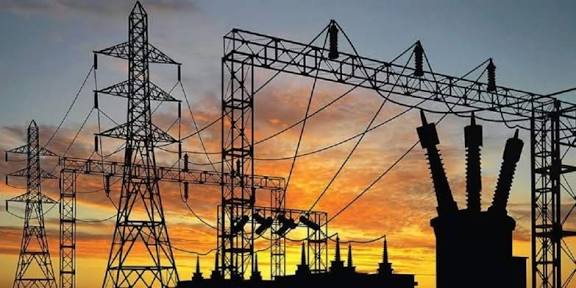
Samuel Omang
Nigeria was thrown into darkness on Wednesday after the national electricity grid suffered yet another collapse.
The Abuja Electricity Distribution Company (AEDC) confirmed the development in a statement on its official X (formerly Twitter) account, explaining that the breakdown occurred at 11:23 a.m. and disrupted supply across its entire franchise area.
“Please be informed that the power outage currently being experienced is due to a loss of supply from the national grid at 11:23 a.m. today, affecting electricity supply across our franchise areas,” AEDC announced.
The company assured consumers that efforts were ongoing to restore the system in collaboration with key stakeholders.
“Rest assured, we are working closely with the relevant stakeholders to ensure power is restored once the grid is stabilised. Thank you for your patience and understanding,” it added.
Grid collapses have become a recurring feature of Nigeria’s power sector, undermining economic growth and worsening the country’s energy poverty. Between 2010 and 2023, Nigeria recorded more than 200 partial or total grid failures, according to data from the Transmission Company of Nigeria (TCN).
In 2022 alone, the grid collapsed at least seven times, leaving millions without power and forcing businesses to rely on diesel and petrol generators. Although reforms and investments have been promised, outages remain frequent due to aging transmission infrastructure, poor maintenance, inadequate generation capacity, and frequent system imbalances.
Each nationwide blackout deepens frustration among households and industries. Manufacturing companies, hospitals, and SMEs are often forced to suspend operations or shoulder high running costs for private generators. Analysts estimate that Nigeria loses $28 billion annually due to power sector inefficiencies.
The blackouts also fuel inflation as businesses pass the rising costs of alternative energy onto consumers, worsening hardship at a time when Nigerians are already grappling with high food and fuel prices.
Why the Grid Keeps Collapsing
Experts point to several persistent issues:
Aging Infrastructure: Much of Nigeria’s transmission equipment is decades old and poorly maintained.
Generation-Transmission Gap: Nigeria’s power plants can generate about 13,000 megawatts, but the grid often struggles to wheel more than 4,500 MW due to bottlenecks.
Gas Supply Shortages: Frequent disruptions in natural gas supply affect thermal power plants, which generate most of the electricity.
System Frequency Instability: Voltage and frequency fluctuations often trigger system collapse.
Government Promises and Reforms
The Federal Government has repeatedly pledged to strengthen the grid and expand generation. Projects under the Siemens Presidential Power Initiative, launched in 2019, aim to improve capacity and reliability, but progress has been slow.
In August 2025, the Nigerian Electricity Regulatory Commission (NERC) hinted at new measures to reduce collapses, including investment in smart grid technologies and regional mini-grids to ease pressure on the national system.
For millions of Nigerians, the blackout is more than an inconvenience—it is a reminder of decades of underinvestment, corruption, and policy inconsistency in the power sector. Until transmission infrastructure is modernised and generation fully matched with demand, analysts warn that blackouts will remain a painful reality.
